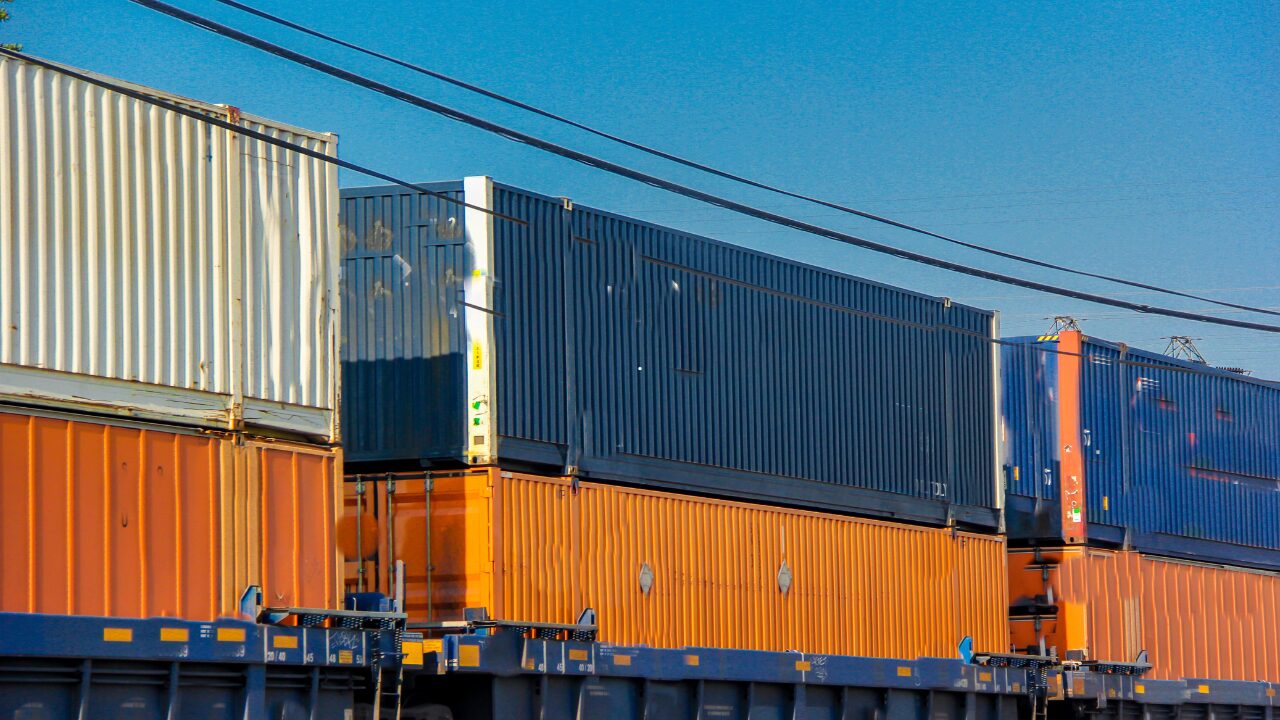For railway operators and companies managing extensive railcar fleets, finding suitable storage and ensuring regular maintenance are vital for operational efficiency and asset longevity.
Whether dealing with seasonal overflow, inactive cars, or the need to keep railcars in optimal shape, making informed decisions about storage options and a robust maintenance plan can maximize fleet safety and cost-effectiveness.
Table of Contents
Understanding Railcar Storage Options
Railcar storage facilities provide flexible solutions for temporarily housing railcars that are not immediately required in service. Typically located on designated tracks, these facilities allow companies to store railcars during times of fluctuating demand or when a fleet is larger than necessary for active operations.
- Specialized vs. Rural Storage
Choosing between specialized and rural storage facilities often depends on the type of railcars and the storage budget. Specialized facilities cater to unique storage needs, such as climate-controlled environments or additional security measures, which makes them a more costly option. However, rural storage facilities, often located farther from densely populated areas, offer lower costs due to the abundance of available space. While these may lack specialized features, they are ideal for standard railcar storage at a more affordable rate. - Common Storage Fees
Understanding storage fees is essential to managing costs effectively. Key charges include:- Per Diem Charges: Daily fees for storage typically range from $4 to $50, depending on the facility and any special requirements of the railcars.
- In-and-Out Fees: Moving railcars in and out of storage can incur fees from $100 to $800, a charge that varies based on facility policies and the complexity of moving certain railcars.
- Cherry-Picking Fees: For selective retrieval of specific cars within a larger fleet, cherry-picking fees range from $150 to $400. This option is valuable for companies that require flexible access to individual railcars.
By carefully evaluating these cost factors, fleet operators can select a storage option that best aligns with their budget and operational needs.
The Importance of Regular Railcar Maintenance
Beyond storage, regular railcar maintenance is crucial for ensuring safety, peak performance, and asset longevity. With ongoing wear and exposure to the elements, railcars require scheduled inspections and upkeep to prevent costly repairs and maintain their functionality over time.
- Routine Inspections and Upkeep
Routine maintenance tasks, such as brake inspections, wheel replacements, and coupling checks, ensure that railcars are in safe, operable condition. Conducting regular inspections helps fleet operators address minor issues before they escalate into significant mechanical problems that could result in downtime or higher repair costs. - Protecting Consumer Goods
For railcars transporting consumer goods, cleanliness and structural integrity are even more critical. A railcar in disrepair, whether due to poor structural integrity or inadequate sanitation, can compromise the quality of products it transports. By keeping railcars clean and in good condition, companies can prevent potential damage to goods, ensuring product quality and reducing the risk of dissatisfied clients.
Regular maintenance is a proactive step that not only supports the railcar’s performance but also safeguards transported goods, reinforcing reliability in the supply chain.
Selecting the Right Storage and Maintenance Provider
Choosing a railcar storage and maintenance provider involves more than just selecting a facility; it requires assessing proximity to major rail lines, the security of the premises, and repair turnaround times.
Working with a provider who offers both secure storage and comprehensive maintenance services can result in long-term savings and helps to maintain the fleet as a reliable asset.
A high-quality provider will not only protect railcars when they’re not in use but will also provide quick and thorough maintenance as needed, ensuring that each railcar is ready for service whenever the demand arises.
Maximizing Rail Efficiency: The Key to Smarter Fleet Management
Managing railcar storage and maintenance might seem complex, but understanding the key factors in cost, location, and upkeep ensures that fleets stay both cost-effective and safe.
From strategic storage choices to regular maintenance routines, these steps are essential for minimizing downtime, preserving product quality, and extending the life of valuable rail assets. For railway companies, investing in these areas is a smart choice that can streamline operations and enhance reliability across the board.





